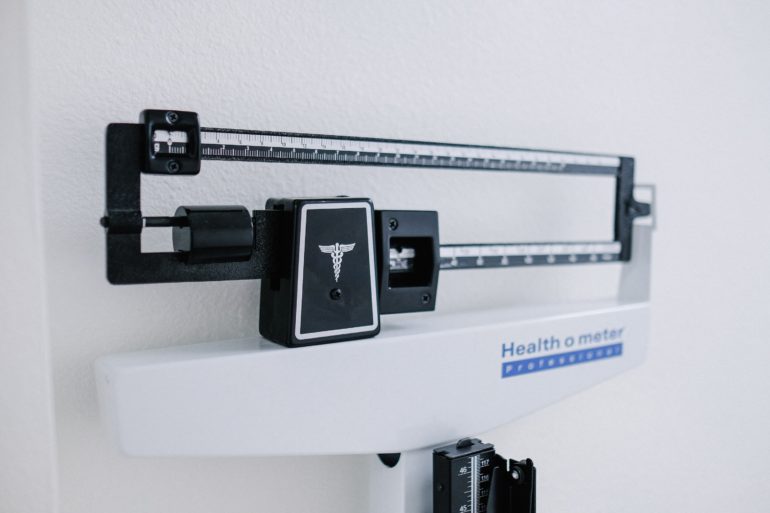The unprecedented increase in overweight and obesity in low- and middle-income countries (LMICs) has led to an alarming rise in diabetes in these regions. Of the estimated 463 million people with diabetes worldwide, 79% live in LMICs.
Until now, however, there were scant empirical data to guide clinicians and health systems in determining which individuals should be screened for diabetes based on body mass index (BMI). “There are guidelines from the World Health Organization that recommend screening individuals age 40 and older with a BMI of 25 kg/m2 and above for diabetes,” says Jennifer Manne-Goehler, MD, ScD, faculty member at the Medical Practice Evaluation Center at Massachusetts General Hospital (MGH). “But it’s long been suspected that these BMI and age thresholds may not be optimal for diabetes screening in all regions of the world. Our goal was to estimate the relationship between BMI and diabetes risk across many low- and middle-income countries to help resource-strapped health systems devise the most effective screening programs for their populations,” says Manne-Goehler, senior author of a new study published in The Lancet.
Manne-Goehler and investigators from 57 countries spent five years compiling and leveraging existing datasets of more than 680,000 people in LMICs that included every individual’s weight, height and a diabetes biomarker—either a blood glucose measurement or hemoglobin A1c.
The study, the first of its kind, found substantial regional differences in the association between BMI and diabetes risk. Across all LMICs, people with a BMI of 23 kg/m2 or greater had an increased risk of diabetes. There was, however, variability in the optimal BMI to choose for diabetes screening among regions and genders, ranging from 23.8 kg/m2 among men in East/Southeast Asia to 28.3 kg/m2 among women in the Middle East, North Africa, Latin America and the Caribbean. The investigators also found differences in the risk of diabetes across BMI categories in several regions. For example, men and women in sub-Saharan Africa and East/Southeast Asia had more than a 100% increase in the risk of diabetes between being overweight and obese. These findings, in part, reinforced a growing literature from Asian and South Asian countries that recommends using lower BMI thresholds to better characterize metabolic risk in these populations.
And while diabetes increased in middle age and beyond, the proportion of individuals with diabetes rose steeply across all regions in the 35-to-44 age group, and among men 25 to 34 years old in sub-Saharan Africa. “Diagnosing diabetes in younger adults can prevent long-term complications of the disease,” says Manne-Goehler.
“Although the data aren’t prescriptive, our hope is that policymakers in LMICs will find this evidence useful as they try to decide how they will spend limited resources to optimize diabetes screening for their particular populations,” she adds.
The research also demonstrates the power of collaborations among countries to create important evidence to inform public health guidelines. “It’s difficult to draw meaningful high-level global conclusions when individual countries are examining diabetes risk in only one country’s survey,” says Manne-Goehler. The World Health Organization is creating a global strategy called the Global Diabetes Compact to scale up care for people with diabetes, for example. “We believe that our collaboration of many investigators across these 57 countries can help inform best diabetes screening practices throughout the world,” she says.
“LMICs now have evidence-based specific answers to the ‘Who? When? and How much?’ regarding diabetes prevention and screening in relation with BMI,” writes Siméon Pierre Choukem, MD, dean of the faculty of Medicine and Pharmaceutical Sciences, University of Dschang, Cameroon, in a related commentary in The Lancet. “These results have major public health implications as the actual burden of diabetes in LMICs is probably underestimated because of the current screening guidelines, and it is unclear to what extent.”
The global team of investigators are now studying how waist circumference might increase the accuracy of diabetes risk assessment when used with BMI, and they are also examining the relationship between behavioral factors—alcohol, smoking, physical activity and diet—and risk of diabetes across these 57 countries. In the future, the researchers also hope to create collaborations that include surveys from high-income countries to facilitate direct comparisons across a wider spectrum of global health settings. “Health systems in every country in the world have to make the best use of their resources to improve the health of their populations,” says Manne-Goehler.
Vast under-treatment of diabetes seen in global study
More information:
The Lancet (2021). www.thelancet.com/journals/lan … (21)00844-8/fulltext
Provided by
Massachusetts General Hospital
Citation:
Body mass index as a risk factor for diabetes varies throughout the world (2021, July 15)
retrieved 15 July 2021
from https://medicalxpress.com/news/2021-07-body-mass-index-factor-diabetes.html
This document is subject to copyright. Apart from any fair dealing for the purpose of private study or research, no
part may be reproduced without the written permission. The content is provided for information purposes only.



